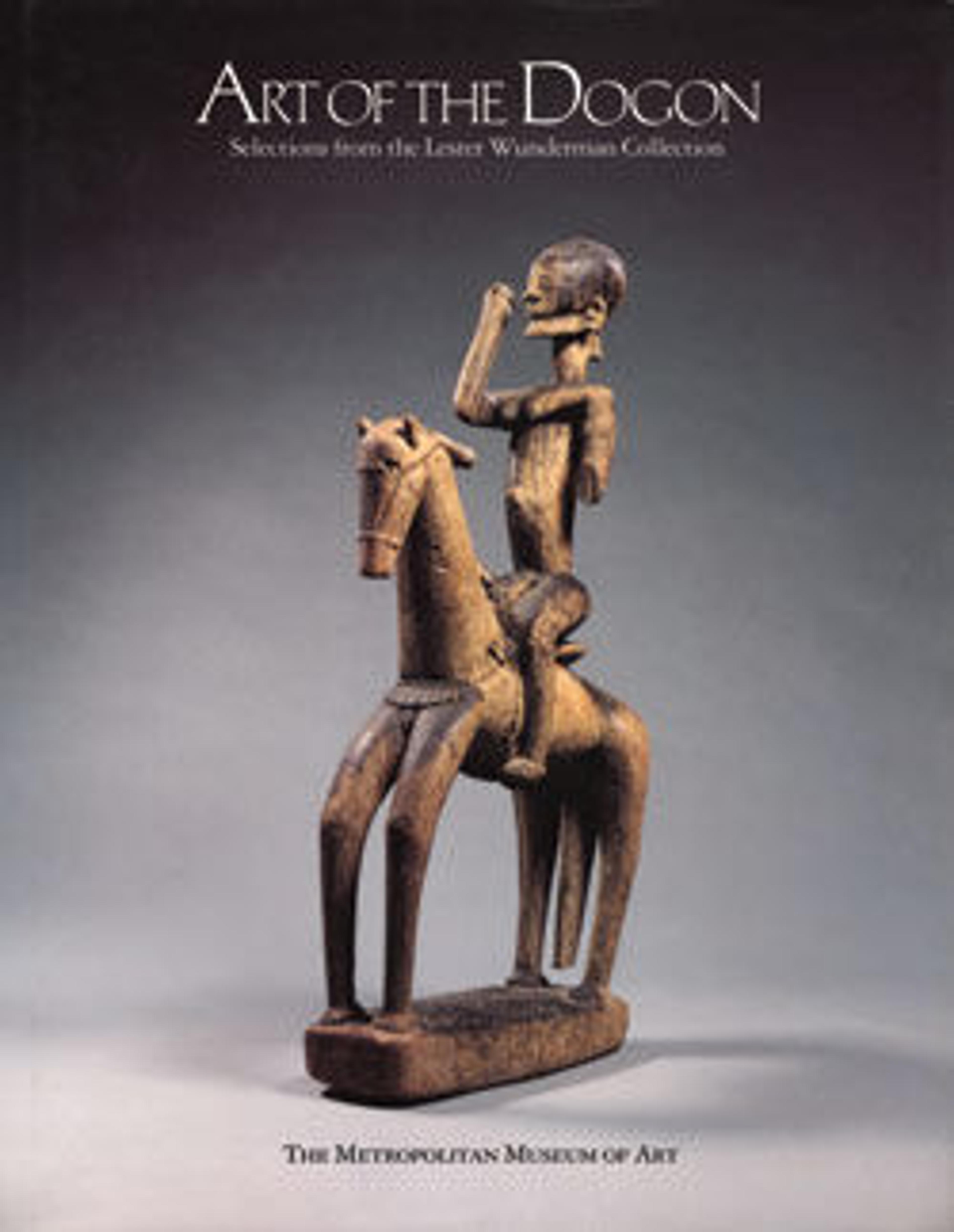Headrest or headboard
Following their eleventh-century arrival in the Bandiagara Escarpment, the Tellem primarily resided along the arid plain. They went to great lengths to deposit their departed within the cliffside caves above. Artifacts similar to this carved wooden board have been found among women’s burials. While their exact function is unknown, scholars have speculated that these carvings were used as funerary headrests or alternatively worn atop the head to aid in balancing heavy loads. In parallel, hoe handles, bows, and arrows have been found in similar burials of men.
Artwork Details
- Title:Headrest or headboard
- Artist:Tellem artist
- Date:16th century
- Geography:Mali, Bandiagara Escarpment
- Culture:Tellem peoples
- Medium:Wood
- Dimensions:H. 1 5/8 × W. 5 1/8 × D. 6 1/2 in. (4.1 × 13 × 16.5 cm)
- Classification:Wood-Furniture
- Credit Line:Gift of Lester Wunderman, 1977
- Object Number:1977.394.64
- Curatorial Department: The Michael C. Rockefeller Wing
More Artwork
Research Resources
The Met provides unparalleled resources for research and welcomes an international community of students and scholars. The Met's Open Access API is where creators and researchers can connect to the The Met collection. Open Access data and public domain images are available for unrestricted commercial and noncommercial use without permission or fee.
To request images under copyright and other restrictions, please use this Image Request form.
Feedback
We continue to research and examine historical and cultural context for objects in The Met collection. If you have comments or questions about this object record, please contact us using the form below. The Museum looks forward to receiving your comments.
